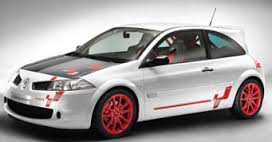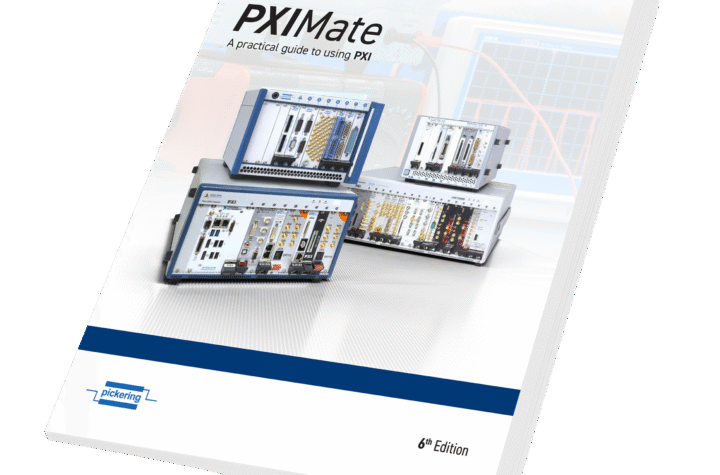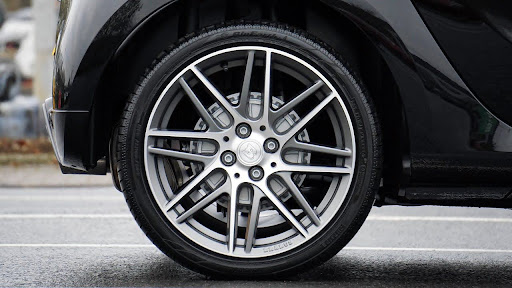
Toyota’s special edition 86 GRMN sports car is the first production vehicle to feature a rear quarter window in polycarbonate (PC) material with a plasma-coat solution designed to deliver the highest level of durability performance. The vehicle, exclusive to Japan, exhibited earlier this year at Tokyo Auto Salon 2016.
The car’s rear quarter window is injection molded with LEXAN™ resin, an optically clear and lightweight-enabling PC material from SABIC. The window is about 50 percent lighter compared to a conventional glass solution.
Until now, manufacturers have produced rear quarter windows in PC using wet-coat only solutions. Depending on vehicle type and passenger position, wet-coat solutions can meet industry requirements for weatherability and abrasion resistance at that window location. In some cases though, a higher level of performance is required to meet driver visibility needs.
Because Toyota wished to achieve regulatory requirements at a global level, the Japan-based OEM turned to EXATEC™ plasma technology from SABIC. This flexible glass-like coating is deposited on top of a base wet coat to enhance performance. Applying this advanced coating made it possible to meet Toyota’s high quality requirements.
SABIC contributed materials and development expertise to the 86 GRMN window program.
“We are proud to have supported Toyota and its Tier suppliers with this first-to-market, plasma-coated rear quarter window on a very special car,” said Scott Fallon, SABIC’s automotive business leader. “No other technology is available today with the same level of durability for PC-glazed windows than this plasma solution. It is a good example of the superior value that we can deliver to today’s automakers as they strive to build light, stylish and well-finished vehicles.”
EXATEC plasma coating technology from SABIC can make it possible for PC-glazed windows, where regulations allow for their use, to meet legislated driver visibility requirements.
For larger PC-glazed surfaces like backlights and sunroofs, weight savings of up to 50 percent can be possible, helping automakers to improve fuel efficiency and lower emissions.
In addition, compared to other material solutions for windows, new combinations of style and function are possible with PC glazing. For example, rear quarter windows can smoothly integrate an aerodynamic spoiler, roof pillar, airflow separators, door handle scallops and even rear lamps.
For the 86 GRMN rear quarter window, Toyota only focused on the production of a durable, lightweight part, in support of its evaluation of the plasma-coat solution for use on a mass-produced global model.
Toyota’s evaluation of PC glazing technology for use in high volume production vehicles includes work to validate the manufacturing process for plasma-coated parts.
The 86 GRMN rear quarter window is Toyota’s first use of SABIC’s plasma-coat solution for a commercially available vehicle.
NOTES TO Ai READERS
- SABIC and brands marked with ™ are trademarks of SABIC or its subsidiaries or affiliates.
- High-resolution photos are available upon request
- SABIC should be written in every instance in all uppercase
ABOUT SABIC
SABIC is a global leader in diversified chemicals headquartered in Riyadh, Saudi Arabia. We manufacture on a global scale in the Americas, Europe, Middle East and Asia Pacific, making distinctly different kinds of products: chemicals, commodity and high performance plastics, agri-nutrients and metals.
We support our customers by identifying and developing opportunities in key end markets such as construction, medical devices, packaging, agri-nutrients, electrical and electronics, transportation and clean energy.
SABIC recorded a net profit of SR 18.77 billion (US$ 5 billion) in 2015. Sales revenues for 2015 totalled SR 148.09 billion (US$ 39.49 billion). Total assets stood at SR 328.22 billion (US$ 87.53 billion) at the end of 2015.
SABIC has more than 40,000 employees worldwide and operates in more than 50 countries. Fostering innovation and a spirit of ingenuity, we have 10,960 global patent filings, and have significant research resources with innovation hubs in five key geographies – USA, Europe, Middle East, South East Asia and North East Asia.
The Saudi Arabian government owns 70 percent of SABIC shares with the remaining 30 percent publicly traded on the Saudi stock exchange.












More Stories
Professional vs. DIY Tinting: What You Should Know
New updated edition of “PXIMate” reference guide for T&M engineers available from Pickering Interfaces
5 Mistakes That Can Ruin Your Car Accident Claim